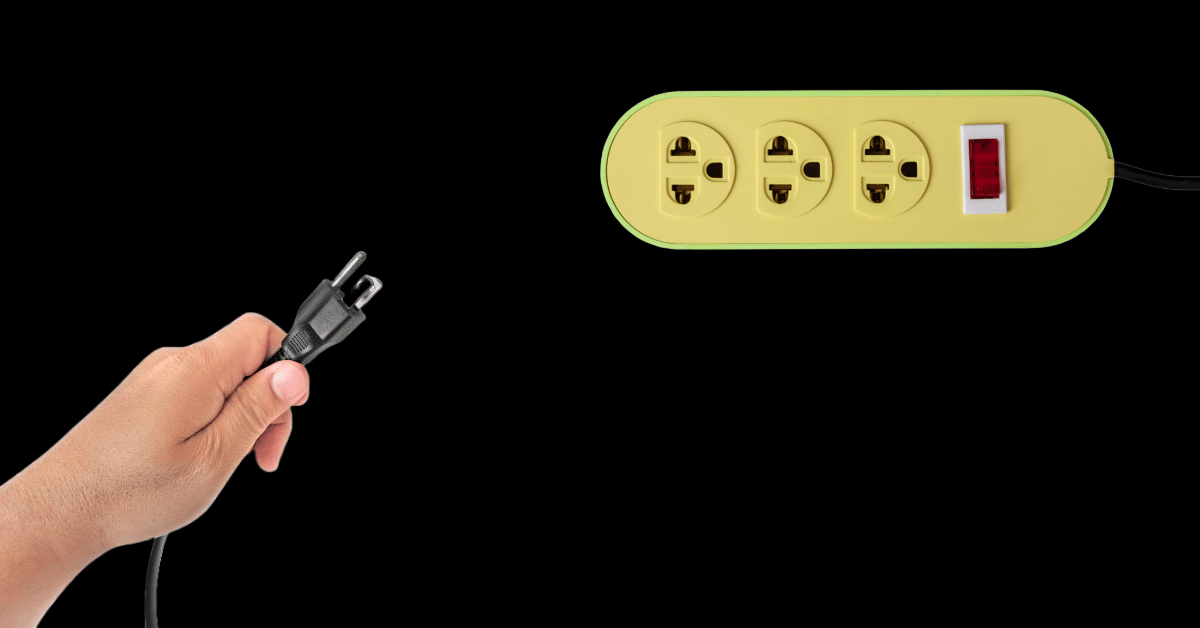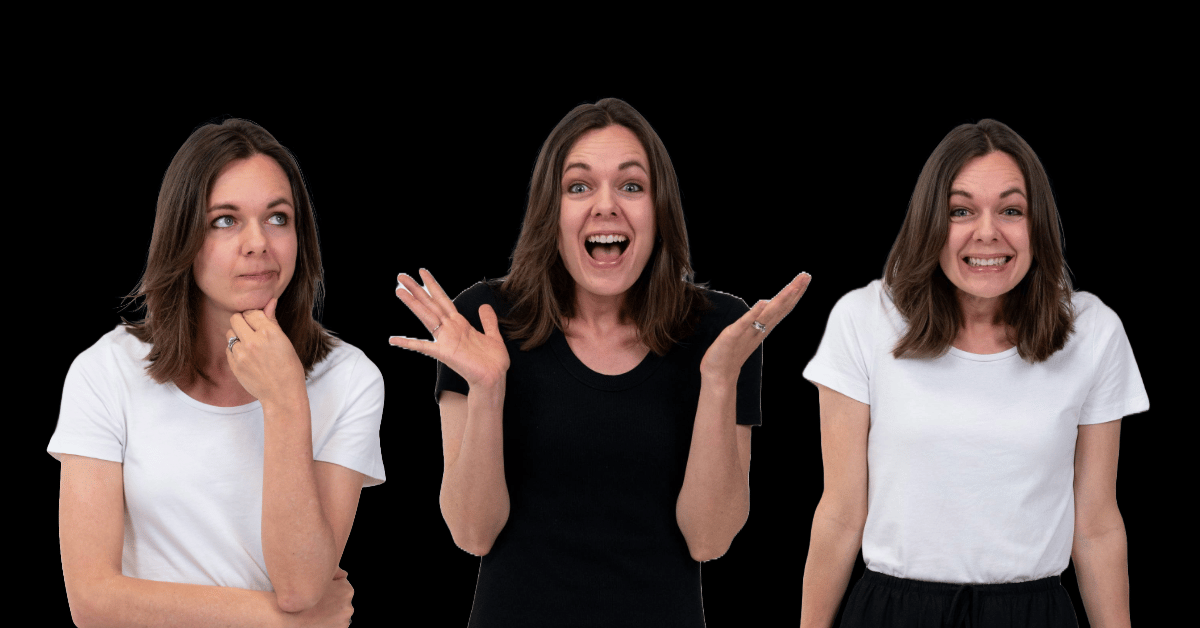
A billboard that dispenses Carvel ice cream?
A Carhartt coffee shop? An H&M festival in LA? Brands are taking it offline, creating full-on brand experiences (and it makes sense, given digital minimalism is on the rise). So if your marketing strategy is all happening on a screen, maybeee it’s time to find a way to interact with your customers IRL.
- Charlotte Ellis, Editor ♡
WHAT’S HAPPENING IN MARKETING TODAY?
Carvel creates ice-cream billboard, More brands open cafés & Women’s sports sponsors are forgotten

Did someone say “ice-cream dispensing billboard”?
And can you please put one on my street? Carvel just created the first billboard of its kind in the West Village in Manhattan, serving up more than 50 gallons of soft-serve over the span of seven hours.
The unique marketing effort is an example of brands turning more and more over to experiential and OOH, reaching audiences outside of online spaces amid an era of digital minimalism. Making interactions fun like this is how you generate positive brand sentiment and leave a good taste in consumers' mouths, pun totally intended.
Why are all brands suddenly opening coffee shops?
Speaking of good taste, has anyone else noticed this phenomenon? From Café Dior in Chengdu to Carhartt Coffee in London, brands all over the world seem to be opening coffee shops.
Much like Carvel's ice cream billboard, brands seem to be investing in places to reach their audience IRL. This has also led to the resurgence of “the third space” – a place where people spend their time outside of home and work. Coffee shops are both a perfect third space and great way to reach audiences.
Sponsors of women’s sports are too forgettable, research suggests.
Welp, that’s a bit of an issue. According to Marketing Week, half of Brits feel more positive towards brands that sponsor women’s sports. HOWEVER, almost a third can’t actually recall a single one. Women’s sports have had one hell of a moment in the spotlight in the last 12 months. And this has provided a huge opportunity for brands, from Skims to Bumble.
The appeal to sponsors continues to grow across the board, but, like, what’s the point if no one remembers them? Marketing Week says it’s an issue of brand awareness when it comes to extracting value from marketing investments. This is why brand/ world building is important, people!!
-Sophie Randell, Writer
DEEP DIVE
The art of personalising your creative work

As the world becomes more digitised and video media tightens its grip across platforms, it’s easier than ever to become a jack of all trades.
With a phone in hand and a video in mind, you can be an all-in-one videographer, writer, editor, sound mixer, actor and narrator. But with so many skills to work on, how do you get better at them, balance them, and make your work feel like your own?
For answers, I spoke with the king of multifaceted-ness at The Attention Seeker (TAS): Ollie Madsen. He's a videographer and editor who also acts, writes and directs his own short films. We chatted about what it takes to not only bring great videos and films to life, but to actualise a vision and make content that’s indisputably yours.
Sup Ollie! When you work on projects, either with clients or in your own personal work, do you closely follow a brief? Or do you usually have a vision?
With the work at TAS, it's a mixture of blending what creative and strategy teams have outlined and trying to work to their briefs, while also bringing my style and how I work to it. So it's a bit of a balancing game, I guess. And then on my own personal stuff, it's freer running, just a lot of my own ideas bleeding out into projects.
How do you bring your personal experiences and interests into your work?
Everything you do and have done influences the way that you create things. You could take a short brief to any of the videographers here at TAS and we'd all likely create something quite drastically different based on how we visualise things. Some of us see things step by step, while, for me personally, I always visualise an end goal and work backwards to make that happen. Everything I've ever done before and experienced elsewhere influences how I view and hope to achieve that end goal in a project.
Either personally or for clients, have you noticed patterns in what videos perform best?
Comedy is really hard to pull off, but when you do pull it off correctly, I find it works the best. I just love the way comedic content speaks to people or tells a strong human truth. Or it can completely, like, flip the expectation of what someone thinks they’re about to watch.
Do you struggle to come up with ideas? Or is that something that’s free-flowing for you?
At TAS, I don't have to come up with ideas, so in a sense it's pretty free-flowing. It’s like building Lego: I get instructions and have to make the project. With my own stuff, I try to write at least a page every day. It doesn't have to be continuous or have a beginning, middle and end of a story. It can just be something random. Some things work and some things don't. But the more stuff you have on the page, the more you can start to understand what does and what doesn't work.
Do you have any advice you'd give to someone who wants to get more involved in videography and editing?
Engage yourself in as much content as possible. I always get asked how I know so much about film and cameras, and it's purely because I'm just interested in the topic. Every day I'm watching YouTube videos about new cameras or camera tutorials, even cameras I don't own or ever expect to own. I'm just interested in how things work in this world, and so it's easy for me to watch, like a 30-minute educational video. Find ways of making the education not feel like you're having to sit down and do the work.
How can someone find their own voice and start understanding how they want to put themselves into their work?
It's just watching a lot of different stuff, finding what resonates with you, and working out how you can avoid replicating it, but adopt elements of it and find your own voice in it. So for example, right now I’m hugely inspired by Key & Peele and their skits.
What I take from them is this idea of very realistic situations that everyone's found themselves in, then heightening them with some really absurd elements. And that's sort of what I write now. I have a short film that's about a family arguing over a monopoly game, but I elevated it by giving it a noir thriller vibe. That’s what really inspires me at the moment, and I'm working on finding my voice in that.
- Devin Pike, Copywriter
THE INCREMENT CLUB PRESENTS
Young Professionals Brand Workshop
Join us at The Attention Seeker HQ for a FREE session led by founder Stanley Henry. Whether you’re climbing the career ladder or building something of your own, this workshop will be packed with practical insights, breakout challenges, and live feedback to help you level up your personal brand online and IRL.
Wed, 2 July | 5:30–7pm | 19 Mackelvie Street, Auckland
TREND PLUG
I'm smiling, but it ain't funny

Nothing soothes the soul quite like putting a genuine smile on your face.
But just because you CAN smile, it doesn't always mean you SHOULD. We've all heard the voice of American psychologist Dr Umar Johnson in our heads, calling us out for grinning at the worst possible times:
"I'm smiling, but it ain't funny. I'm smiling, but it ain't funny."
This clip's gained quite a bit of traction recently as TikTokers recount all the bad times they've worn a cheesy grin, usually because their "happy" situations came with some not-so-happy twists. Because whether your job's keeping you from a perfect summer swim, or you're winning races with sh*tty consequences, there's almost always something to smile about - even when it shouldn't be your default reaction.
How you can jump on this trend:
Take this sound. Then, film yourself lip-syncing with the audio. Add onscreen text describing an unfortunate situation where you shouldn't be smiling, yet you still are. If you're open to some edginess, you can also use the sound to describe moments of schadenfreude - when you enjoyed someone else's suffering maybe a bit too much!
A few ideas to get you started:
Overhearing a coworker badmouthing the same person you secretly hate
When the meeting room looks like a pizza party, but the meeting invite also says '1pm–5pm'
When the coworker you don't like runs late misses a funny moment, and now there's a big inside joke that only they don't understand
- Devin Pike, Copywriter
FOR THE GROUP CHAT
😲WTF: North Korea’s Beach Resort
❤How wholesome: his little dance 🥲
😊Soooo satisfying: Cutting into clouds!
🍝What you should make for dinner tonight: smashed potato nachos!
ASK THE EDITOR

How should I approach creating a social strategy for my business? -Margaret
Hey Margaret,
The first step is really understanding what you're wanting to get out of your socials at this stage of your business. Something like "get more sales" is far too vague. Instead, you need to have something specific you're trying to achieve. For example, last year we did the water bucket challenge where Jony poured water over her head every day.
At the time, our primary goal was to grow our following on IG. Our team was heading to NYC to expand the business, so this content series was designed to get more followers ahead of that trip. Now, our content series is designed to get more people in the door to have coffees with Jony. So it’s all about educating our audience that this is something they can actually do. So before you can create a strategy, you need to have clarity around what you're trying to achieve, then go from there.
- Charlotte Ellis, Editor ♡
Not going viral yet?
We get it. Creating content that does numbers is harder than it looks. But doing those big numbers is the fastest way to grow your brand. So if you’re tired of throwing sh*t at the wall and seeing what sticks, you’re in luck. Because making our clients go viral is kinda what we do every single day.